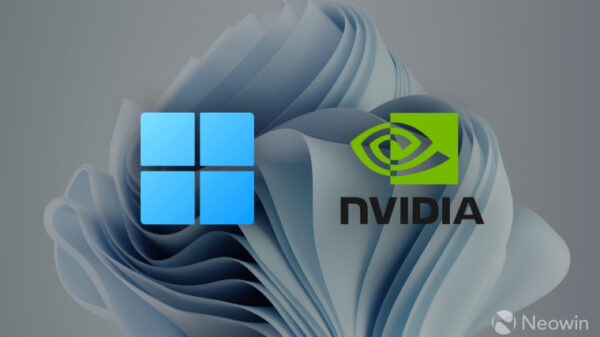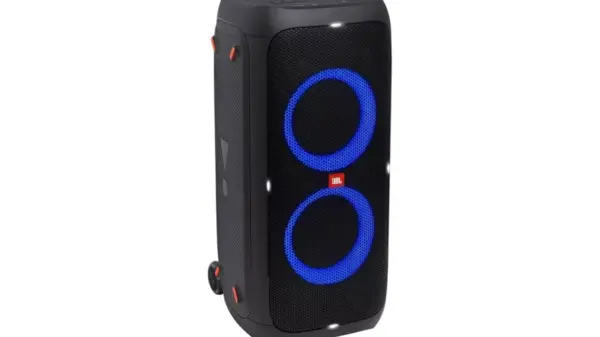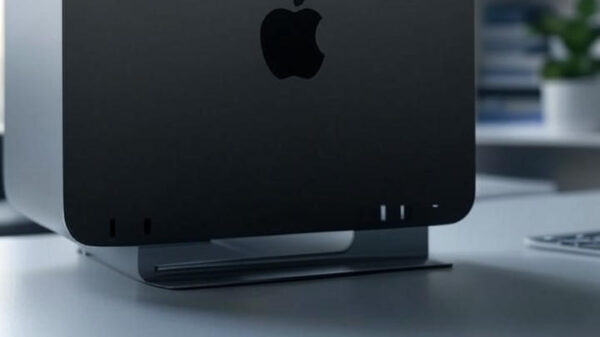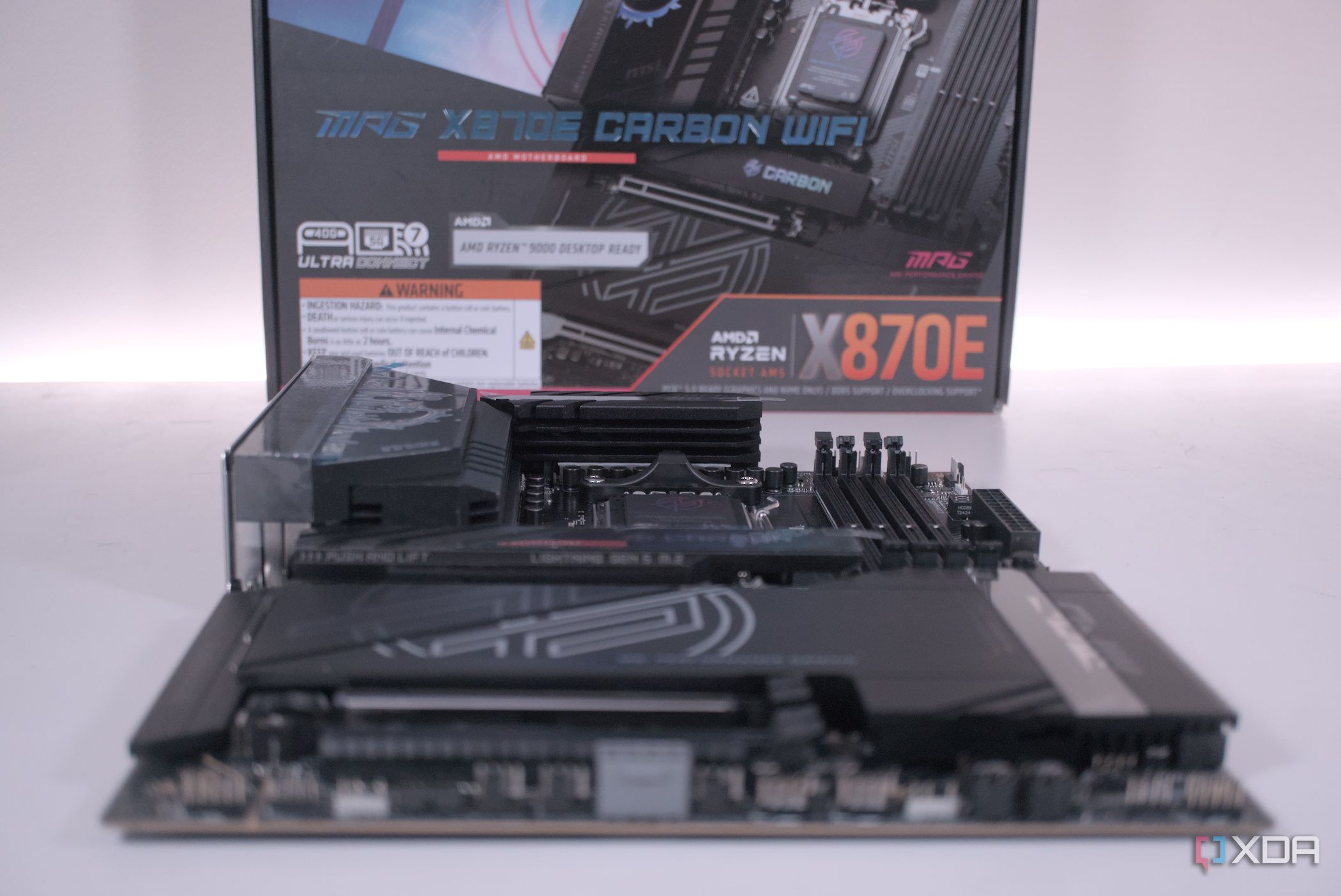New reports confirm that as we approach 2025, the features of motherboards are becoming increasingly vital for consumers. While chipset specifications have traditionally guided buyers, experts stress that functionality like onboard Wi-Fi, quality VRMs, and ample I/O options are now essential considerations.
UPDATE: The latest insights reveal that high-quality features are often more critical than the chipset itself, especially for gamers and professionals who demand reliable performance. As the market for Gen5 SSDs expands, having at least one PCIe 5.0 M.2 slot is becoming necessary, even if users aren’t ready to make the jump just yet. Prices for blazing-fast Gen5 SSDs are expected to drop, making support for this technology a must-have.
In 2025, onboard wireless connectivity is considered a bare minimum. Almost every motherboard priced above $130 will feature Wi-Fi 6 or Wi-Fi 6E along with Bluetooth capabilities. This development highlights the growing importance of connectivity, as consumers increasingly rely on wireless solutions. Users building starter PCs are urged to prioritize motherboards with these capabilities to avoid future complications.
Quality-of-life features, often overlooked, are also gaining traction. Many motherboards now come equipped with user-friendly options like pre-installed heatsinks for M.2 slots, quick-release PCIe slots, and dual BIOS setups. Such features significantly enhance the PC building experience, making maintenance easier and more efficient.
As consumers consider their component needs, the availability of fan and RGB headers is another critical aspect. Most motherboards offer a decent selection, but buyers are advised to check specifications closely. Aiming for at least four system fan headers, three ARGB headers, and one RGB header is recommended to avoid the frustration of needing additional hubs after purchase.
Moreover, quality VRMs (Voltage Regulator Modules) are essential for those using mid-range to high-end processors. A motherboard with robust VRM design ensures stable power delivery, reducing the risk of thermal throttling during intense usage. Reviews and tests frequently highlight the performance of VRMs, aiding consumers in making informed decisions.
Finally, a comprehensive I/O stack is vital for modern computing needs. As the number of USB devices increases, features like 20Gbps USB ports and USB-C support become crucial. The demand for multi-gig Ethernet and sufficient USB ports is growing, prompting consumers to consider mid-range models if their needs exceed basic functionality.
While selecting a motherboard, buyers are reminded that focusing solely on chipset details may not reflect the overall quality and features offered. Instead, consumers should prioritize specifications that enhance their computing experience, such as onboard Wi-Fi, quality VRMs, and a robust I/O stack.
As these trends develop, it’s clear that the landscape for motherboards is changing rapidly. Consumers looking to build or upgrade their systems in the near future must stay informed about these essential features to ensure they make the best choices for their needs.



































































